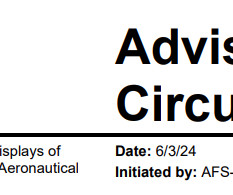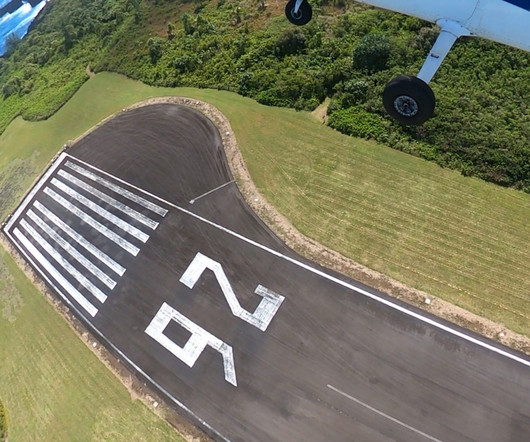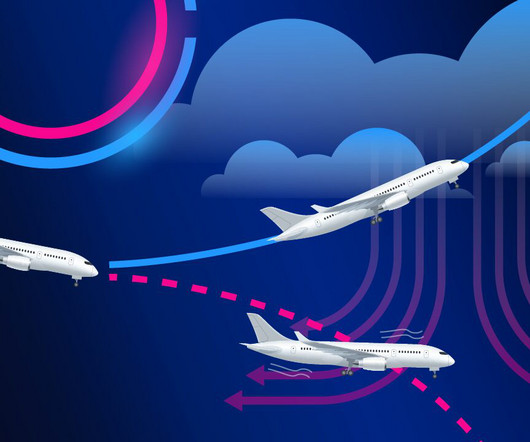How to Obtain the Perfect Aviation Weather Briefing for Your Flight
Northstar VFR
MAY 16, 2024
By Leslie Caubble, CFI/IGI Technology in aviation has advanced tremendously since the early days of flying, but one thing has not changed: the weather. Perhaps one of the reasons is that the abundance of weather products available on the internet, TV, handbooks , etc. You should have your personal weather minimums written down.













Let's personalize your content